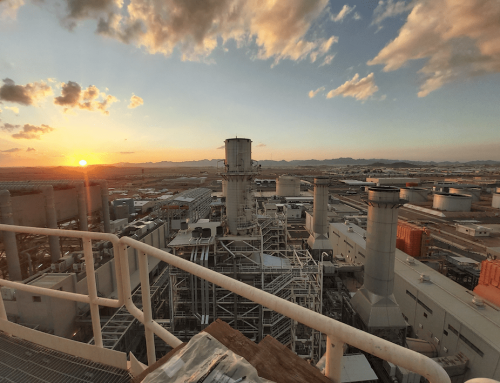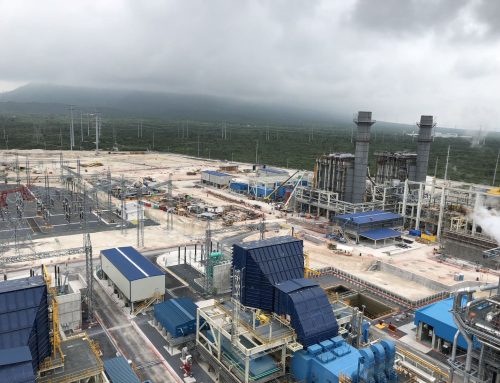LCOE is the long-term price that a developer needs to recuperate all project and hit the investment target (BloomberNEF). Another way to see it is as the ratio of the sum of costs for the lifetime of a project over the sum of electrical energy produced over the same period; it can be expressed as follows:

where,
CCt = investment expenditures in the year t
O&Mt = operations and maintenance expenditures in the year t
Ft = fuel expenditures in the year t
Et = electrical energy generated in the year t
r = discount rate
n = expected lifetime of system or power station
Global overview
In the first half of 2020 renewables had the lowest LCOE for new build plants, in countries like Canada, US, Brazil, China, Australia, Turkey and Saudi Arabia among others. Renewables were also the cheapest source of bulk electricity; onshore wind technology, for example, was 37 $/MWh in the US and Canada and 30$/MWh in Brazil. Fixed-axis PV in China was 38 $/MWh and tracking PV was 39 $/MWh in Australia.
Factors in favor of renewables
Over the past ten years there have been a few key factors that have given renewables the boost we see reflected today.
1. Price of technology and accumulated installed capacity:
- PV module prices have fallen approximately 90% since 2010. Additionally, the installed capacity of PV plants has increase by a factor of 15 times since that same year.
- Onshore wind turbine prices have fallen nearly 60% since 2010 and the installed capacity has triple in the same period.
- Li-ion battery has seen the biggest growth helped by a 90% price fall since 2010 and went from practically 0 GWh installed in 2010 to more than 600 GWh installed capacity today.
2. Technology improvement:
Improved technologies have contributed greatly to the decrease of LCOE; take PV modules for example, efficiency has improved by approximately 3%. Then we have onshore wind whose capacity factor increased by 7% and is now in the 35% range. Battery cells have also shown significant improvement in energy density (Wh/kg).
3. Growing renewables industry:
All these factors together contribute to benefit the renewables growing economy. Since 2010, solar PV, onshore wind and battery storage projects are growing continuously larger. In the last 3 years fewer projects have been initiated; rather, clusters of different projects were put together with the objective to share costs, like interconnection to the grid, and make renewable technologies even more attractive to investors and financing.
Tipping point
LCOE of PV and onshore wind projects are today below 50$/MWh from a global perspective. In 2018 there was a point of intersection when solar PV and onshore wind became cheaper than natural gas and coal power plants; this event resulted that renewable projects could compete directly with fossil fuel projects.
Figure 1

Renewable economics in the U.S. and Mexico
The point where renewables are cheaper than natural gas projects has been delayed in the U.S. and Mexico compared to what we see in the global market. This delayed is due to the cheap gas prices in that region. The tipping point is still expected to happen at the end of 2020 for both countries.
Figure 2

In the U.S. about 62% of new generation projects to come online between 2021-2023 are solar, wind and a small portion of battery storage; we see a similar case for Mexico where solar and wind make up 66% of new projects being built in the country.
The forecast indicates that in the next 5 to 10 year there will be an important shift to what technologies will be more profitable and by consequence be built the most.




